Citrus Fortunella (Kumquat)
Citrus Fortunella, commonly known as Kumquat, is a unique and versatile citrus tree that produces small, oval, or round fruits with a sweet, edible peel and tart flesh. Unlike most citrus fruits, kumquats can be eaten whole, including the skin, which provides a delightful contrast between the sweet outer rind and the tangy inner pulp. The tree is relatively small and compact, making it an excellent choice for container planting or smaller gardens. It features dark green, glossy leaves, fragrant white flowers, and an abundance of bright orange or yellow fruit, typically maturing in winter.
- Botanical Name: Citrus Fortunella
- Common Name: Kumquat
- Mature Height: 8-12 feet (2.4-3.6 meters)
- Mature Spread: 6-10 feet (1.8-3 meters)
- Growth Rate: Slow to moderate
- Light Requirements: Full sun
- Soil Requirements: Well-draining soil; prefers slightly acidic to neutral pH
- Water Needs: Moderate; requires regular watering
- Foliage: Evergreen, glossy, dark green leaves
- Flowers: Small, fragrant white blossoms, blooming primarily in spring and early summer
- Fruit: Small, oval or round orange or yellow fruit, ripening in winter
Uses:
- Culinary: Kumquats can be eaten fresh, candied, or used in jams, marmalades, and desserts. They also add a zesty flavor to salads, sauces, and beverages.
- Ornamental: The tree’s attractive foliage, fragrant flowers, and vibrant fruit make it a beautiful addition to gardens, patios, and indoor spaces.
- Container Planting: Suitable for growing in pots or containers, making it ideal for patios, balconies, or as a houseplant.
- Preserves: The fruit can be preserved in syrups, jams, or marmalades for extended use.
Benefits:
- Culinary Versatility: Kumquats are versatile in the kitchen, offering a unique sweet-tart flavor that can enhance a variety of dishes and drinks.
- Health Benefits: Rich in vitamin C, fiber, and antioxidants, kumquats support immune health and overall well-being.
- Fragrant Blooms: The tree’s flowers have a delightful citrus fragrance, attracting pollinators such as bees.
- Evergreen Foliage: Provides year-round greenery and adds ornamental value to any setting.
- Compact Size: The tree’s manageable size makes it ideal for small gardens, patios, or indoor growing.
Citrus Fortunella, or Kumquat, is a charming and practical addition to any garden or home, offering both aesthetic beauty and a steady supply of delicious, nutritious fruit.
Debes acceder para publicar una valoración.
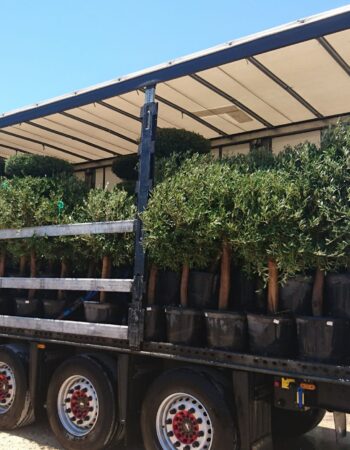
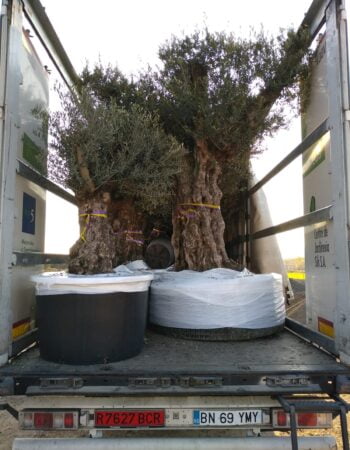
CAREFUL TREE TRANSPORTATION
At Treezom, we take great care in transporting your trees to ensure they arrive in perfect condition. Our expert team uses various methods, depending on the size and volume of the order, to provide safe and efficient delivery. Whether you're ordering a single tree or a bulk order, we guarantee high standards of handling and care throughout the process.
MULTIPLE SHIPPING METHODS
- Truck Delivery: Ideal for local or regional deliveries, ensuring a smooth and timely shipment of your trees directly to your location.
- Sea Containers (20’ or 40’): Perfect for larger orders or international shipping. Our sea containers are equipped to handle bulk shipments with optimal protection.
- Other Customized Solutions: Depending on the size and nature of your order, we can offer tailored shipping methods to meet your specific needs.
No matter the shipping method, we use specialized packaging and handling procedures to protect the trees during transit, ensuring they arrive healthy and ready for planting.
Below, you’ll find key tips tailored to this species’ requirements. Whether you’re new to plant care or have plenty of experience, these guidelines are here to support you in keeping your green companion healthy and vibrant.
- Planting:
- Choose a sunny location with well-draining soil or a large container with drainage holes.
- Plant in a hole twice the width of the root ball and equal in depth, or in a container with rich, well-draining potting mix.
- Water thoroughly after planting and mulch around the base to retain moisture and regulate soil temperature if planting in the ground.
- Watering:
- Water regularly, especially during dry periods, to keep the soil consistently moist but not waterlogged.
- Deep watering is recommended to encourage a strong root system.
- For container plants, check the soil moisture frequently, as they may dry out more quickly than ground-planted trees.
- Pruning:
- Prune to maintain a desired shape, remove dead or diseased wood, and improve air circulation.
- Prune in late winter or early spring before new growth begins.
- Thin out crowded branches to allow sunlight to penetrate the canopy, promoting better fruit production.
- Fertilizing:
- Apply a balanced, slow-release fertilizer specifically formulated for citrus trees in early spring.
- Follow the manufacturer's instructions for application rates.
- Additional feeding may be necessary during the growing season, particularly if the tree is in a container.
- Pest and Disease Control:
- Monitor for common citrus pests such as aphids, scale insects, and citrus leaf miners.
- Use appropriate treatments, including insecticidal soaps or horticultural oils, to manage infestations.
- Ensure good air circulation to prevent fungal diseases and avoid overwatering to prevent root rot.
*This information is provided for informational purposes only. For more detailed care, please consult a professional Gardener or Arborist.


 SINGLE TREE
SINGLE TREE OUTDOOR POTS
OUTDOOR POTS









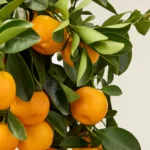



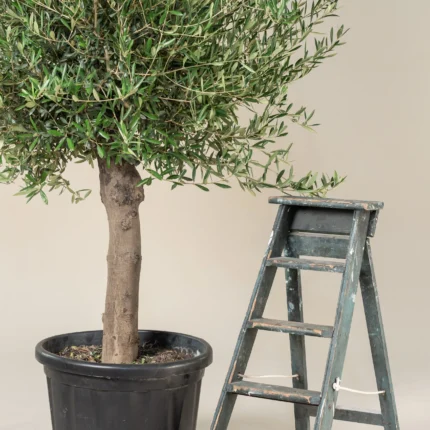

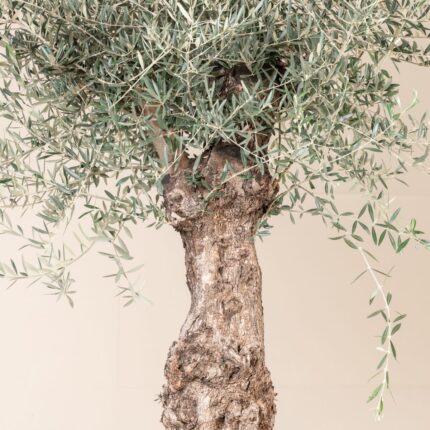






 Single Tree
Single Tree
Valoraciones
No hay valoraciones aún.